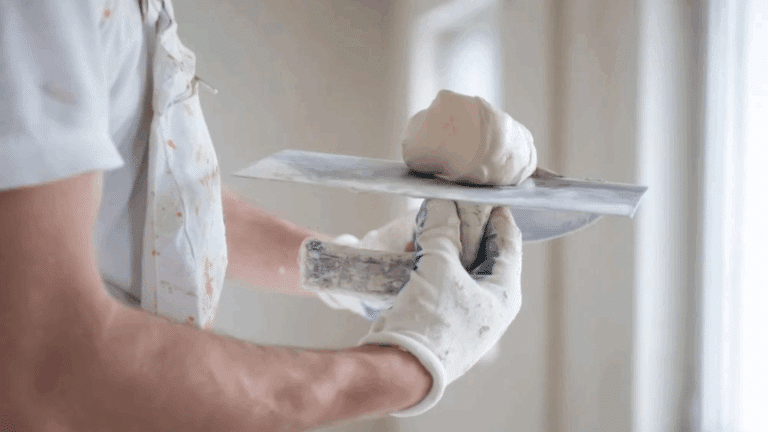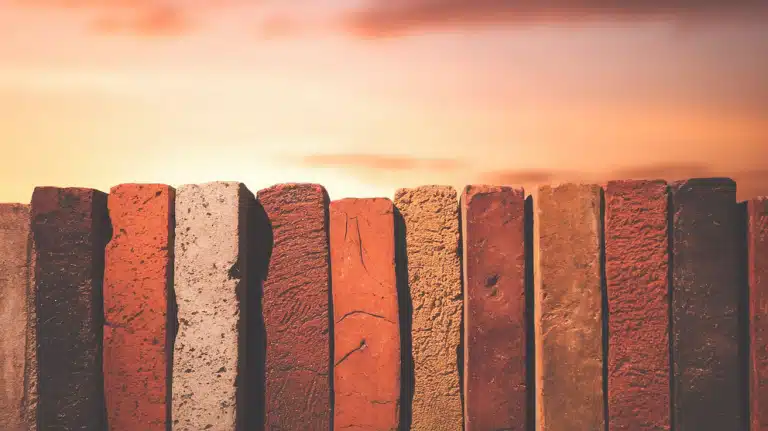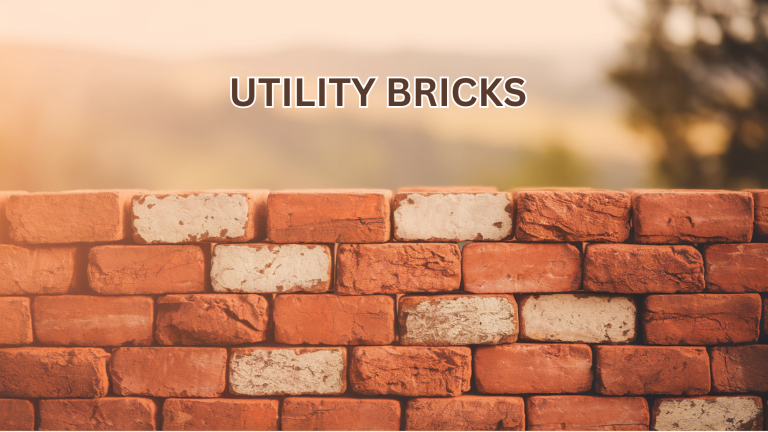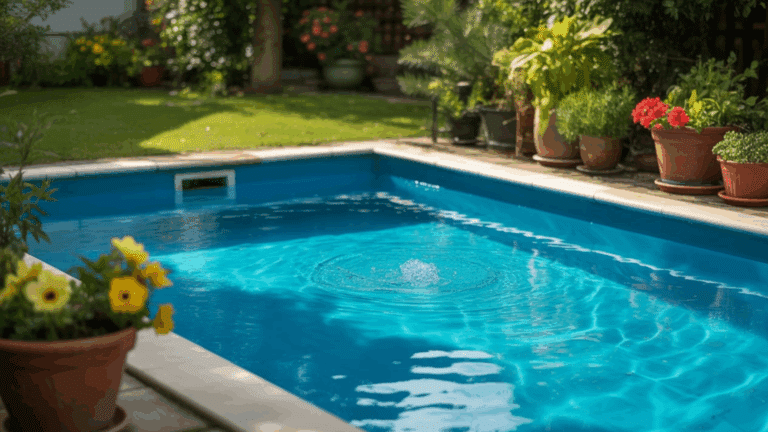How to Use Mineral Spirits on Wood Perfectly
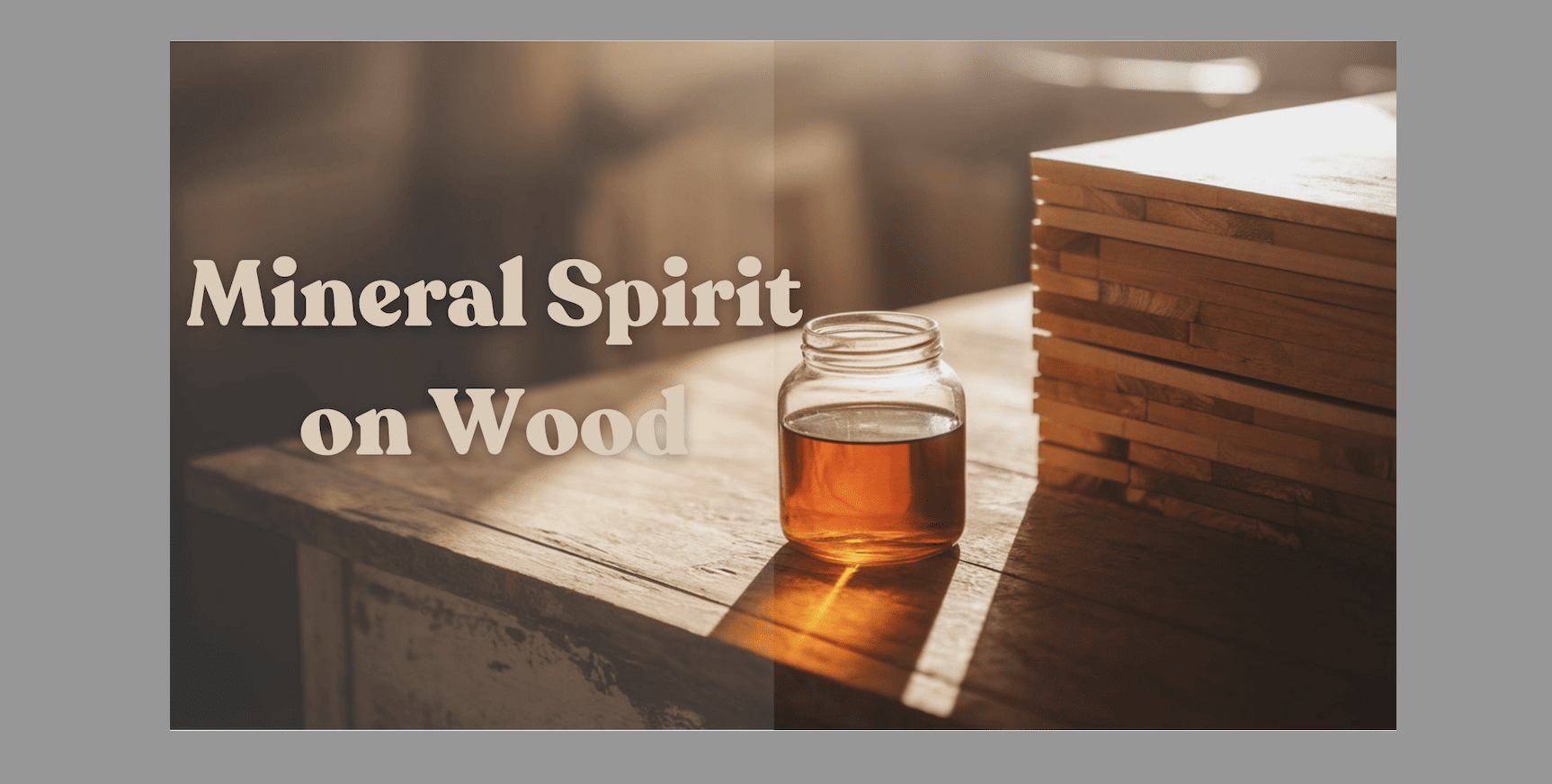
Mineral spirits have multiple effects on wood, and understanding how to properly use mineral spirits on wood is important for achieving the best results in both new projects and restoration work.
Even if you’re cleaning old furniture, prepping wood for painting or staining, or uplifting the natural grain of a wooden surface, mineral spirits can help achieve a smooth finish.
Their adaptability makes them an invaluable asset in maintaining and improving the quality of your wooden items.
This blog covers all the techniques and advice for using mineral spirits, along with insights on how to maximize their benefits.
What are Mineral Spirits & It’s Types
Mineral spirits are petroleum-based solvents used in woodworking, painting, and cleaning tasks.
They effectively dissolve oils, resins, and grease, making them ideal for cleaning brushes, thinning paints, and prepping surfaces for finishing.
Mineral spirits help remove stubborn stains, adhesive residue, and old finishes from wood. While less toxic than other solvents, they are still flammable and should be used with care.
They also amplify the wood’s appearance by temporarily highlighting its grain.
This versatility makes them an essential tool for restoring and maintaining wood surfaces in both professional and DIY projects.
| Type of Mineral Spirits | Evaporation Rate | Flammability | Common Use Case |
|---|---|---|---|
| High-flash Mineral Spirits | Slow | Less flammable | Tasks requiring slower drying |
| Low-flash Mineral Spirits | Fast | More flammable | Situations where quicker drying is preferred |
How to Use Mineral Spirits on Wood for Various Uses

Mineral spirits offer a variety of uses when working with wood. Let’s see how to use them for cleaning, prepping, staining, and uplifting wood.
1. For Cleaning Wood
Mineral spirits are great for cleaning wood surfaces. Follow these simple steps for effective cleaning:
- Prepare the Surface: Remove any loose dust or dirt from the wood with a soft brush or cloth.
- Dampen a Cloth: Soak a clean, lint-free cloth with mineral spirits. Don’t soak it; dampen it.
- Wipe the Wood: Gently wipe the wood surface with a damp cloth, following the wood grain.
- Buff the Surface: Use a dry cloth to buff the wood and remove any excess mineral spirits.
- Repeat if Necessary: For stubborn stains, repeat the process until the surface is clean.
Tips: Always move in the direction of the wood grain to avoid scratches. Buffing the surface after cleaning helps restore the wood’s shine.
2. For Prepping Wood
These spirits are also excellent for prepping wood before finishing. Here’s how they help:
- Clean the Wood: Start by cleaning the wood to remove dirt and grime.
- Sand the Surface: Sand the wood with fine-grit sandpaper to smooth it and open up the wood pores.
- Remove Sanding Dust: After sanding, wipe off the dust with a clean cloth.
- Apply Mineral Spirits: Dampen a clean cloth with mineral spirits and wipe the surface again.
- Let it Dry: Allow the wood to dry before applying any paint, stain, or finish.
Tip: Cleaning after sanding helps remove dust that could affect the finish. This creates a smoother, cleaner surface for painting or staining.
3. For Staining Wood
Mineral spirits can be used to mix and apply stain. Follow these steps:
- Prepare the Stain: If the stain is too thick, mix it with mineral spirits to thin it for easier application.
- Apply the Thinned Stain: Use a brush or cloth to apply the stain, following the wood grain.
- Wipe Off Excess: After applying the stain, wipe off any excess with a clean cloth.
- Allow it to Dry: Let the stain dry completely before adding another coat or finish.
Tip: Thinning the stain with mineral spirits helps it spread evenly and prevents streaks.
4. For Upgrading Wood Appearance
It can uplift the look of your wood by bringing out its natural grain. Here’s how:
- Clean the Wood: Start by cleaning the wood to remove any dust or dirt.
- Apply Mineral Spirits: Dampen a clean cloth with mineral spirits and gently rub it over the wood surface.
- Follow the Grain: Always apply the mineral spirits in the direction of the wood grain to highlight its natural features.
- Buff the Surface: Use a dry cloth to buff and remove any excess mineral spirits.
Tip: Mineral spirits temporarily bring out the grain, allowing you to see how the wood will look after finishing. This helps in adjusting your design before applying the final finish.
Cleaning Up After Using Mineral Spirits
When you’re done using mineral spirits, it’s important to clean up properly. If you spill mineral spirits, quickly blot it up with a clean cloth. Avoid rubbing it, as it can spread the spill.
To clean up any residue, wipe down surfaces with a damp cloth to remove any leftover mineral spirits, then dry the surface with a clean, dry cloth.
To prevent fires, place cloths or rags used with mineral spirits in a sealed, non-flammable container. Never pour mineral spirits down the drain or into water sources.
Always follow local disposal guidelines for hazardous materials when getting rid of used mineral spirits.
Mineral Spirits vs. Other Solvents
| Solvent | Benefits | Drawbacks |
| Mineral Spirits | Low odor, slower evaporation, effective for cleaning, thinning paints, and removing old finishes. | Less effective for dissolving some resins and heavy paints. |
| Turpentine | Strong solvent for dissolving oil-based paints and resins. | Has a strong, unpleasant odor. Evaporates quickly. |
| Naphtha | Works well for cleaning and stripping wax or polish from wood. Evaporates quickly. | Highly flammable, strong odor. |
| Denatured Alcohol | Effective for thinning shellac and cleaning brushes. |
Evaporates very quickly and has a strong smell. |
Conclusion
Using mineral spirits on wood is a simple yet powerful way to clean, prep, and bring out the best in your wooden surfaces.
If you’re restoring old furniture or getting ready to paint or stain, knowing how to use mineral spirits properly makes all the difference.
With the right techniques, you can achieve a smooth, professional-looking finish every time.
Ready to change your wood projects? Follow the tips in this guide and start using mineral spirits with confidence.


